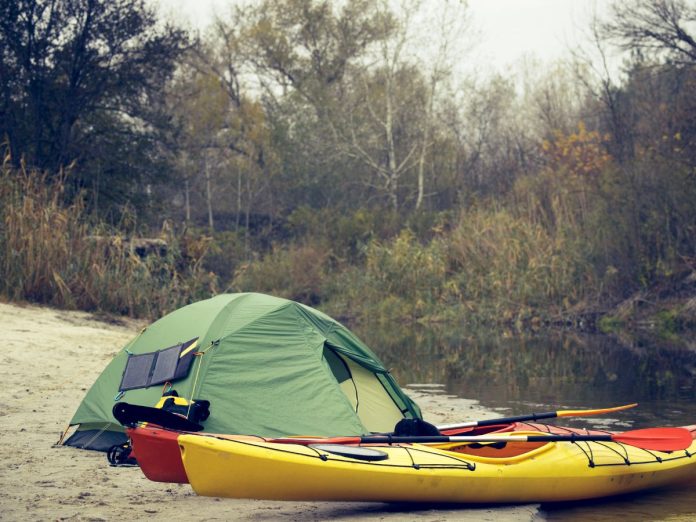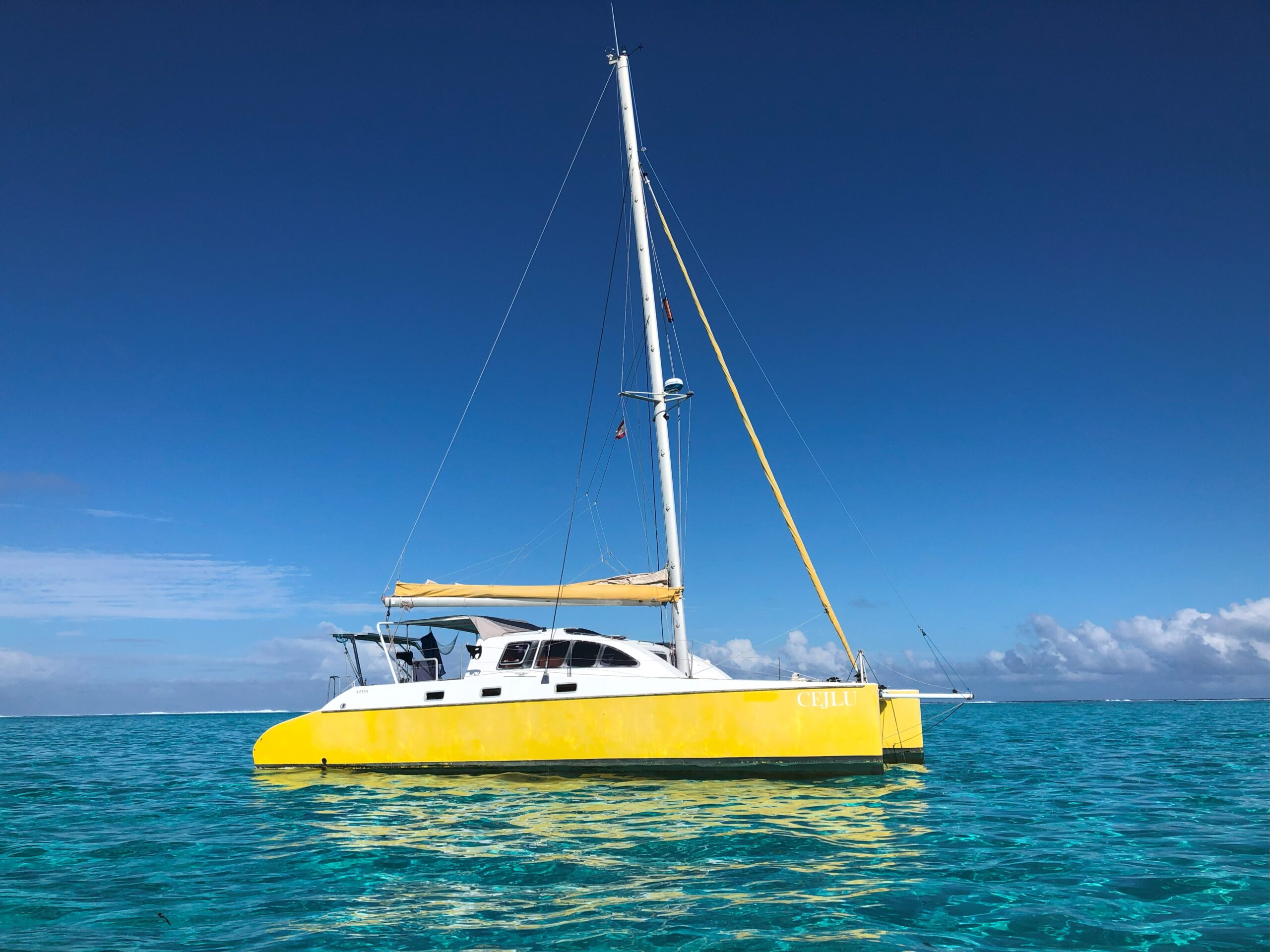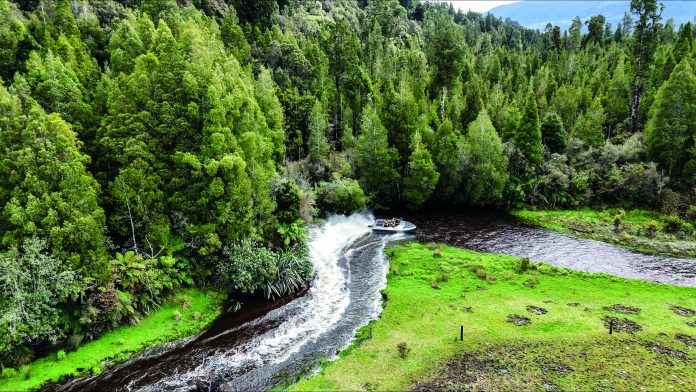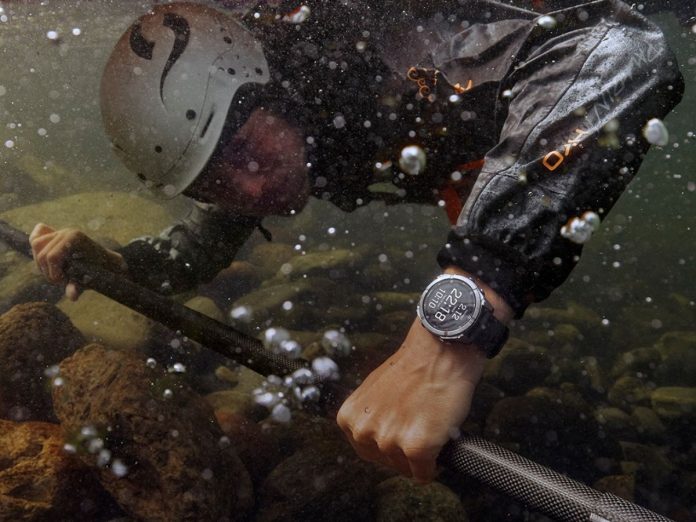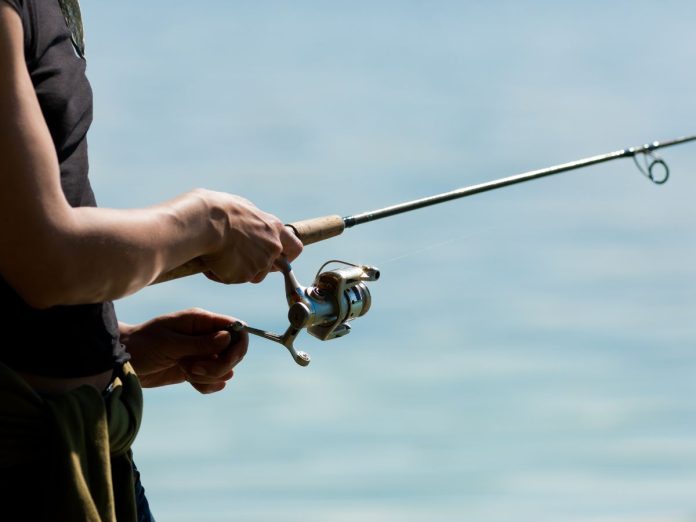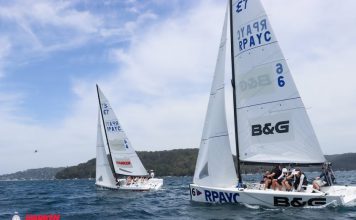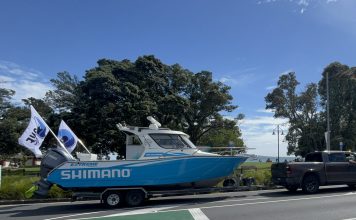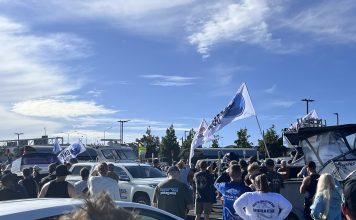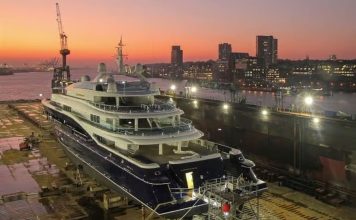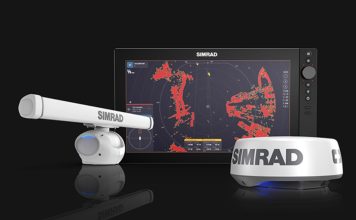Embrace the floating campsite
For Kiwis and Aussies alike, boat camping feels like taking the bach on tour. You idle into a quiet cove, the anchor snubs tight, and the boat settles. The coastal, lake, or river beach is a sweep of sand, the surroundings carries a hint of adventure, and you can already taste the outdoors on the evening breeze. Ten minutes later there’s a kettle on and a tent or swag rolled out above the high-tide line. The boat becomes the pantry, the shed, and the gear locker. The campsite is everything else.
The best part is the rhythm. You arrive with the tide, sort the anchor, ferry gear ashore, and get camp squared away before dusk. Then comes the magic hour — kids chasing waves along the wash, someone lighting the cooker, a mate threading a line through a rod for a last bite at sunset. This is Boat Camping at its most honest. Simple jobs, clear priorities, and the promise of a calm night if you did the setup well.
Boat camping at its best
There’s no single way to do it — the joy of boat camping is that it suits everyone from minimalists to comfort-seekers.
Onboard camping
For those with larger boats — cabin cruisers, trawlers, or yachts — onboard camping is effectively glamping on water. You’ve got bunks, a galley, and shelter from the elements. Sleep comes easy when you can hear the chain creak and the tide gurgle under the hull. Crack a hatch for breeze and you’ll wake to kahawai flicking in the glow before dawn.
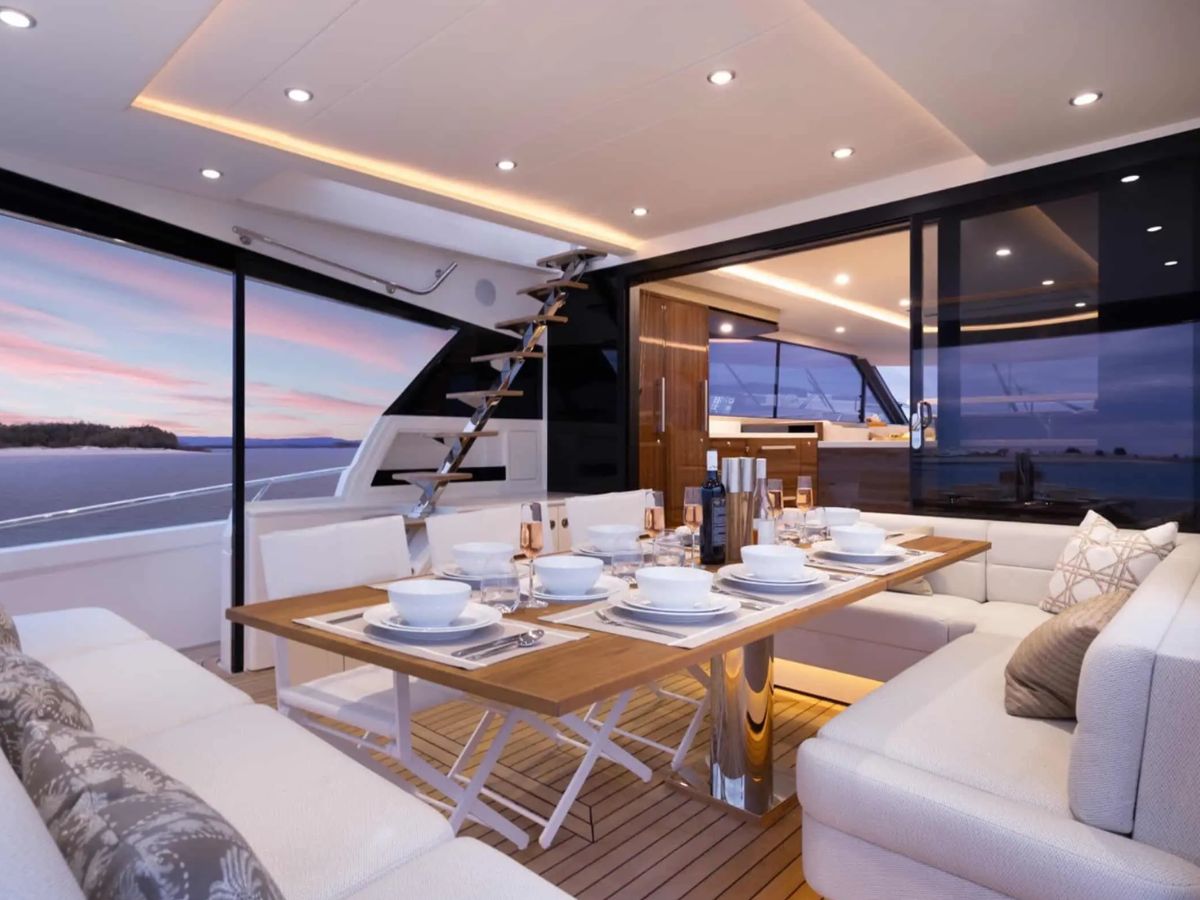
Rooftop tents afloat
An emerging trend is rooftop tents on boats — like a mini floating caravan. With marine-grade mounts, these tents fit launches, pontoons, or big tinnies, giving a dry night’s rest without losing deck space. Unzip at dawn, swing your feet down, and the whole bay is yours before the first ferry wakes the water.
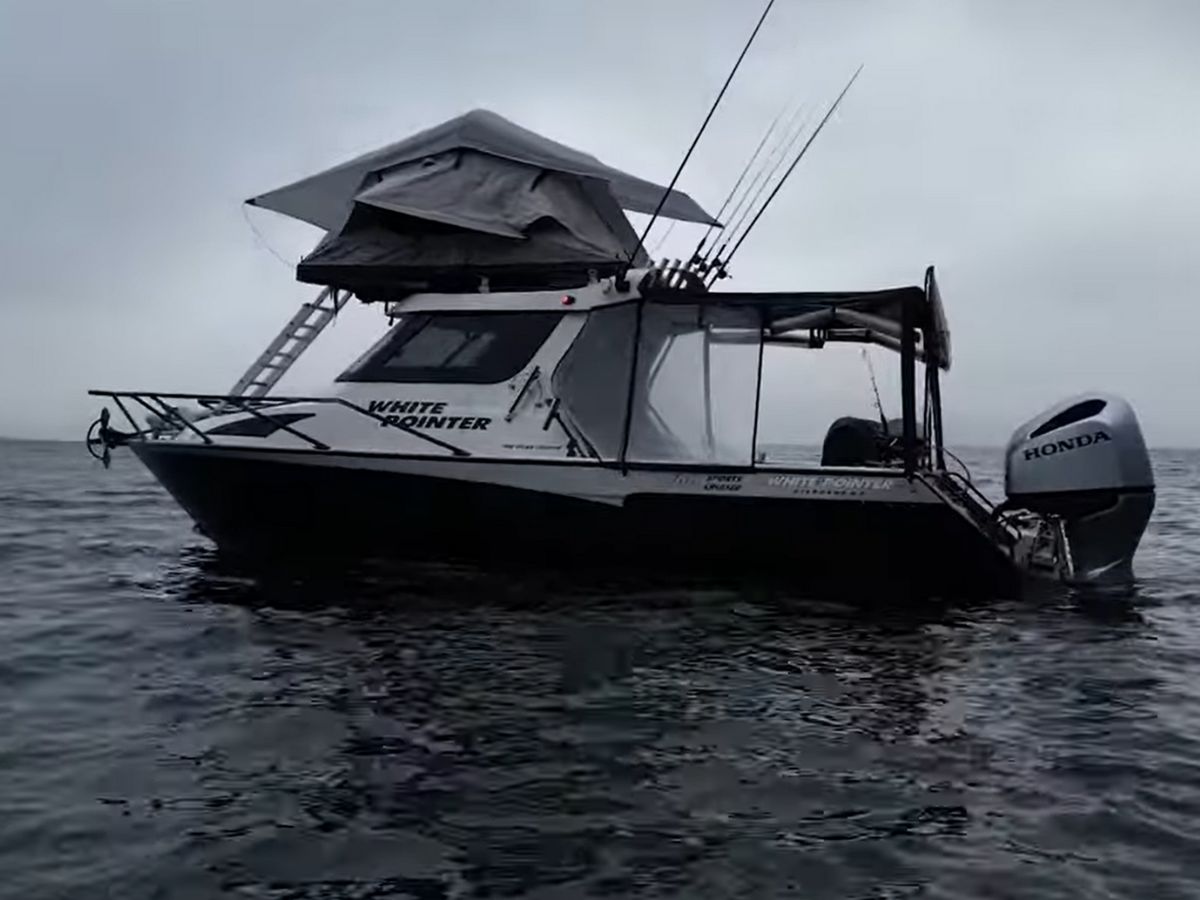
Boat-in camping
For those with open boats or inflatables, boat-in camping is the classic approach: reach a remote beach, unload gear, and set up a tent ashore. Expect sandy feet, smoky clothes, and grins. You’ll carry fewer things each trip as you learn what matters. A decent pillow matters.
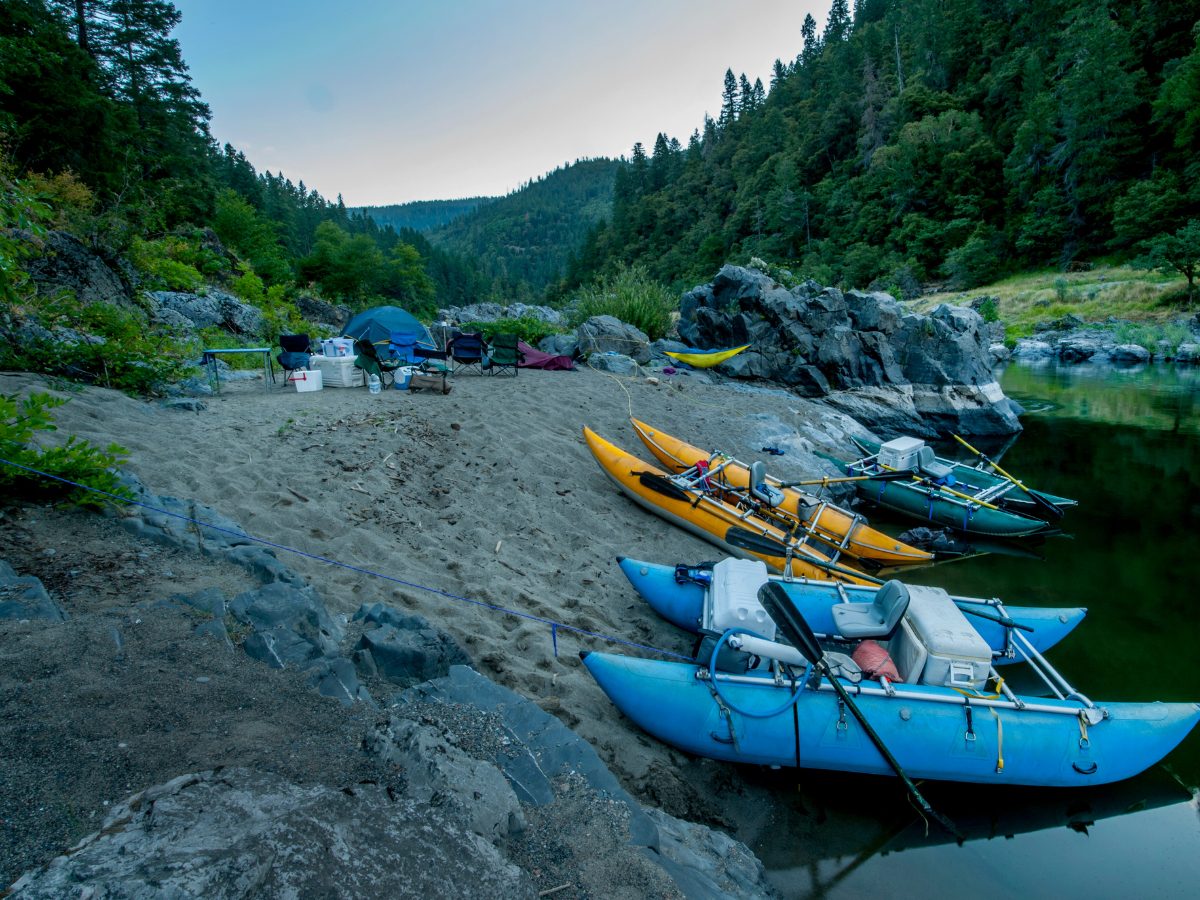
Kayak and canoe camping
Paddle-powered campers enjoy a slower, quieter rhythm. Kiwi kayakers can hug the coastlines of D’Urville Island or the Bay of Islands, while Australian paddlers trace the mangroves of Moreton Bay or drift down the Murray. You move slow enough to notice everything — stingrays lifting from sand, shags exploding from rocks — and end the day with a tidy pile of dry bags and a view to yourself.
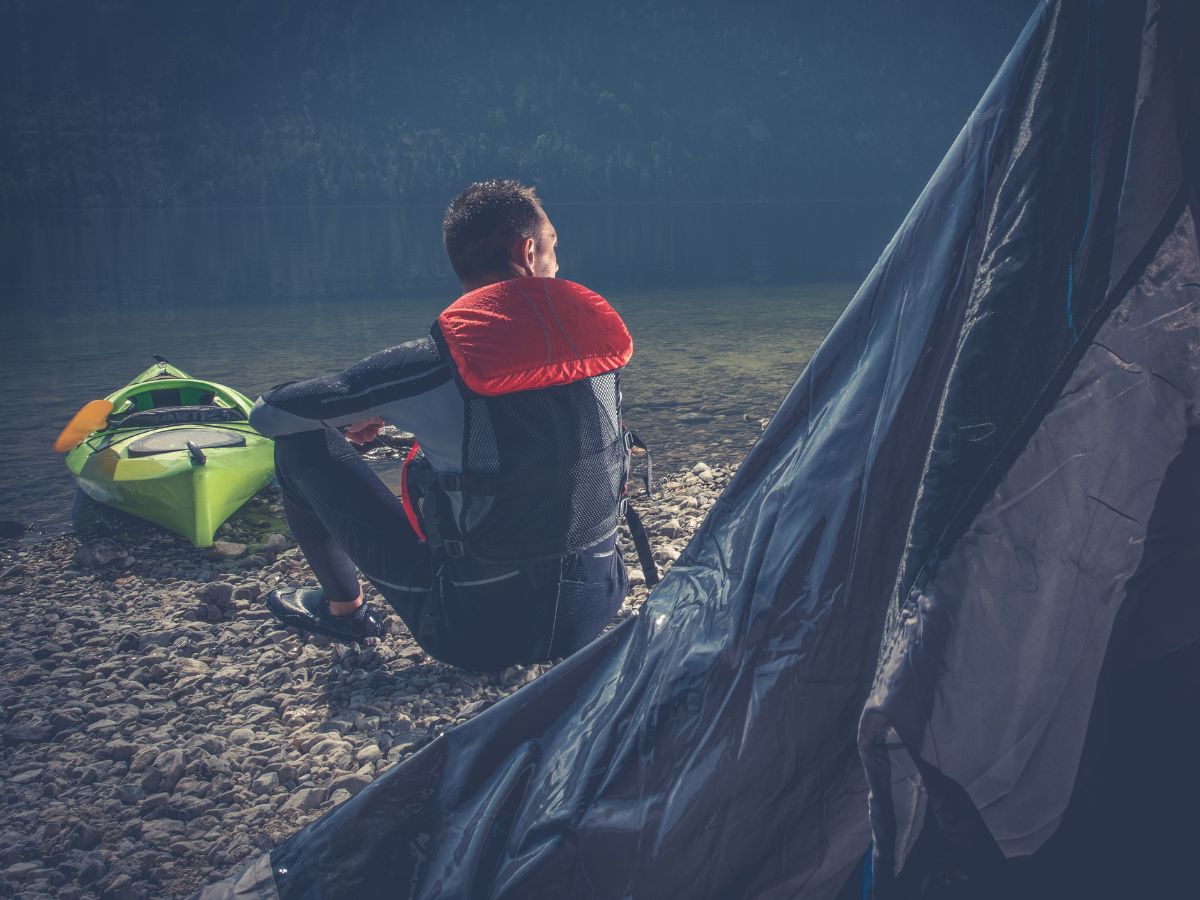
Essential tips for a smooth trip
Even a short overnighter needs planning. Conditions change quickly, and there’s no shop around the corner if something breaks or blows away.
Plan your route
Chart your course before departure. Note distances, safe anchorages, and tide windows. Apps like Navionics and LINZ charts are invaluable, but always carry a paper backup.
Anchor like a pro
A peaceful night depends on a well-set anchor. Choose sand or mud bottoms, pay out plenty of rode, and test the set by backing down gently on the motor. Once secure, take bearings ashore and check them after dinner. Put the anchor light on early, and before turning in, sweep the deck with a torch — anything loose now will clatter all night.
Pack for land and sea
Think like both skipper and camper. Dry bags, waterproof cases, and secure stowage prevent soaked gear. A tarp doubles as shade or rain cover. Layered clothing, a good torch, and insect repellent are essentials.
Comfort kit that punches above its weight
- Real pillows in dry bags
- A sheet for humid nights and a down bag for cold snaps
- Mesh food cover for sandflies
- Fold-flat bucket for dishes and rinsing feet before bed
Feed the crew
There’s no rule that boat-camping food must be basic. A small gas stove or portable BBQ turns any beach into a kitchen. Pack the day’s catch, or steaks, and sausages — and always carry non-perishables in case weather delays your return.
Simple two-burner menu
- Sunset: snapper or sausages in wraps, or steak with chimichurri
- Supper: hot chocolate and fruit cake
- Dawn: coffee, bacon butties, apples for the boat
Campcraft on the sand and under the stars
Land above the wrack line, then look up for dead limbs before pitching. Lay a small groundsheet, keep sand out of zips, and angle your tent door away from the breeze. A ridge line between two trees turns a tarp into a living room when drizzle drifts in.
As the light fades, switch to red lamps and keep camp small. Boats carry smells. So does the wind. Cook downwind of your tent and never clean fish near camp in croc (Aussie) or seal country. In the Hauraki Gulf in New Zealand, late-night visitors are morepork and penguins. In the Top End in Australia, it might be something larger — best not to tempt it.
When the stars drop to the horizon, sound travels. You’ll hear the anchor grind, waves slap the hull, and mullet thump in the shallows. These are good noises. Bad noises are flapping canvas and pans rolling — tie them off and you’ll sleep deeply.
Prime boat-camping spots in New Zealand
Marlborough Sounds
Hidden coves, bush-lined bays, and DOC campsites abound across Queen Charlotte, Kenepuru, and Pelorus Sounds. Dawn smells of bush and woodsmoke, and stingrays glide through knee-deep water.
Hauraki Gulf
Over 50 islands within a few hours’ cruise from Auckland. Motuihe, Motutapu, and Kawau Island offer safe beaches, designated camping, or DOC-managed zones. Pick a beach with afternoon shade — you’ll thank yourself when the sand bakes.
Waikato lakes
Lake Karapiro and Lake Arapuni feature public ramps and freedom-camping reserves like Little Waipa Reserve. Evenings are glassy — a mozzie coil and tarp breeze make the perfect lakeside lounge.
Fiordland
For seasoned adventurers, Fiordland delivers drama and solitude. Hot drinks taste better with waterfalls thundering nearby. Double-check the forecast and leave a trip plan with someone ashore.
Australian waters worth the voyage
Gippsland Lakes, Victoria
A vast network of lagoons and islands. The best camps are a short paddle from the boat; land light and stay above the afternoon chop.
Murray River, South Australia
Drift between red-gum forests and sandy banks. Sleep is deeper with the bow nudged in and a stern line to a tree; wake to kookaburras and the smell of coffee.
Lake Argyle, Western Australia
A remote inland sea surrounded by cliffs. Sunsets turn them to embers; pack a warm layer even in the build-up.
Moreton Bay, Queensland
Island-hop between Peel, Stradbroke, and Coochiemudlo. Plan for a dawn dip — the water’s clear and the coffee afterwards tastes like a small holiday.
Hawkesbury River, NSW
Gentle tides and sandstone cliffs north of Sydney. Tide whispers through mangroves all night; hang a lamp low and watch prawns flicker beneath.
Safety and environmental care
The skipper’s duty
In both countries, the skipper is responsible for everyone aboard. Check local bylaws, carry mandated gear, and never underestimate weather changes.
Weather and tides
A fair-weather morning can turn foul by afternoon. Always check tide charts if you plan to beach your boat overnight — nothing ruins a trip faster than finding it high and dry.
Communication and lighting
Carry spare batteries, keep an anchor light visible 360 degrees, and use dim red cabin lights to preserve night vision.
Night-check before lights out
- Anchor holding, light on, rode clear
- Stove off, fuel stowed, food sealed
- Fire out and sand cooled
- Tent zipped, lines snug, shoes ready
Leave no trace
Pack out all rubbish, bury or carry human waste, and never clean fish near camp. Use biodegradable soap, keep noise low, and rake out footprints before leaving.
A sample overnight that just works
Arrive mid-afternoon with enough tide to get close, anchor in sand, and run a stern line ashore. Two dinghy trips move the tent, kitchen tub, and chilly bin. Pitch above the wrack, tarp for shade, cooker on a crate. Swim, fish, or read while the light softens. Eat early, wash up, and do your night-check. Set an alarm for a midnight tide change, then sleep. At dawn, brew coffee, take a quiet paddle, and strike camp before the first gust spills down the valley.
Start your adventure
Boat camping isn’t complicated — just a handful of practised moves that unlock a big life outdoors. Pack the tent, tidy galley, and right attitude. Choose a short hop for your first overnighter, feel the rhythm of arrival, camp, and dawn departure, then stretch the radius next time. From Marlborough to Moreton Bay, Boat Camping keeps the bach spirit alive wherever you can float and pitch. The water is your road. The beach is your bedroom. Go gently, leave it better, and you’ll want to come back again and again.








